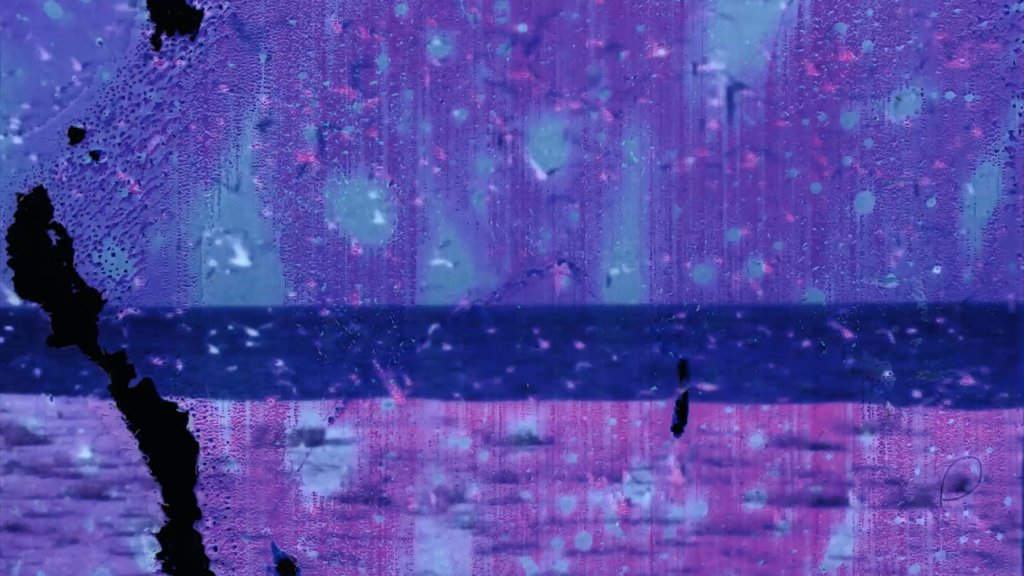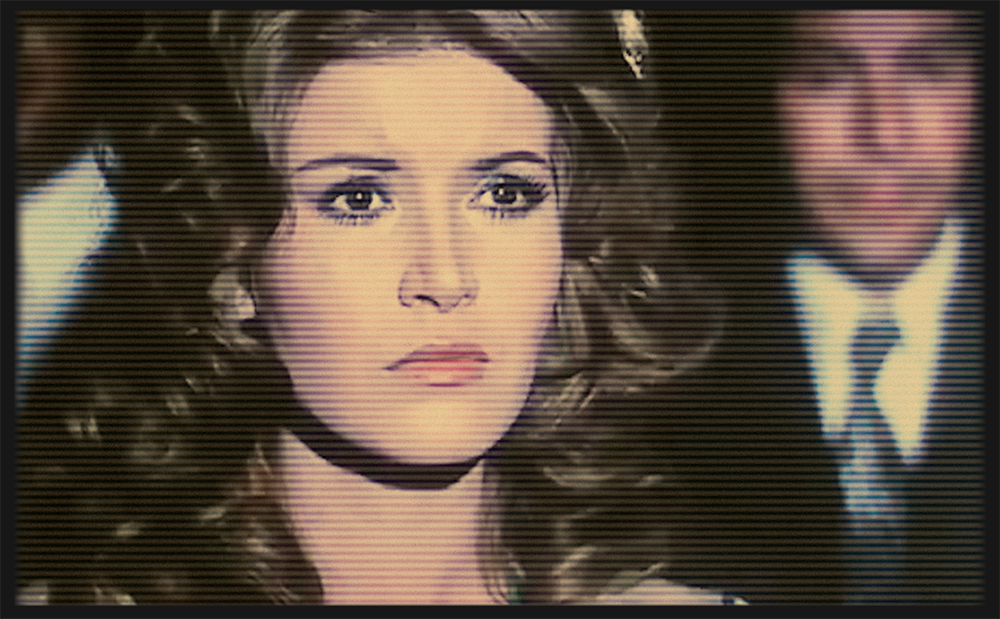by Rolla Tahir
As many increasingly call into question traditional modes of storytelling, and by extension, traditional modes of production, experimental filmmakers have been doing just that since cinema’s inception. Cinema itself was a series of experiments, lest we forget.
Avant-Garde cinema escapes definition—it is by its nature, elusive. In this type of cinema, experimentation can be used as a means to circumvent the rigorous methodological factory-line production of films in mainstream cinema. Freeing up creativity opens doors to advancing the art form itself, while transforming the filmmaker in the process.

Many feature film directors have embraced experimentation as part of their work, as early as the 1920s with Sergei Eisenstein, and later with David Lynch and Guy Maddin. Avant-Garde filmmakers, like auteur filmmakers, are singular in their approach yielding films that cannot be replicated and that often transform the filmmaker in making it or the viewer in watching it. It is the quintessential medium for transformative inquiry—a theoretical framework developed to deepen our understanding of others and ourselves, transforming us (the filmmaker, in this instance) and them (the viewer), in the process. Avant-Garde filmmaking is the initial refuge for many diasporic filmmakers, including Arabs here in Canada. For those just getting their start in filmmaking, experimental film is often the least intimidating path to filmmaking.
Many would caution emerging filmmakers to learn the classic, traditional foundations of filmmaking—the 3-act structure, character development, causality, etc—in order to become more proficient storytellers. And while that’s true in some cases, arguably, another way to acquire, not only a better grasp of the medium, but also to cultivate a singular and unique voice within the infinite sea of content, is through experimentation.
With the advent of digital technology and the democratization of the filmmaking process, techniques that were invented and championed by experimental filmmakers are now at everyone’s fingertips. Analogue double exposure can be achieved by juxtaposing two images in an editing software, and the time-consuming intricate time lapse can be created by an effortless touch of a button. One can even bypass the camera entirely and work with stock and found footage to create masterpieces of visceral storytelling. Look no further than Essa Grayeb’s 2019 short essay film The Return of Osiris, which premiered at the Toronto Arab Film Festival in 2020.

Grayeb meticulously researched and collected image and audio representation of ex-Egyptian president, Gamal Abdel Nasser’s speech following the Arabs’ defeat in 1967, and strung them together to recreate a pivotal historical moment through its retelling in popular culture in film and television. The result, a sensationally moving portrait of a point in time, that she says “simultaneously highlights the challenge of conveying historical and political moments in art and the power that cinema has in building a collective memory of trauma.”1
This type of filmmaking has value beyond just advancing the art form. It is a lifeline for those in countries challenged by dictatorial art-antagonistic regimes, disrupted by war and economic crises. When one has no cinematic infrastructure on which to rely on, they turn to the resources at hand, however limited, to tell their stories, express their frustrations, or simply investigate and inquire. Limitations, restrictions, and conservatism always give rise to new forms. While this is less so a challenge filmmakers face here in Canada, we do face a different challenge—that of gate-keeping.
To challenge this, the starting point should be nothing else than affection for the moving image, or as professor Laura U. Marks puts it, hanan-al-cinema. Marks writes, “The incapacity to act intensifies the conditions of creativity. It presses Arab artists to perceive even more keenly, inform themselves even more precisely, plunge into public archives and private memory, dream, fantasize and invent. Moreover when the feeling of incapacity moves through the body—when either the film or the viewer really owns that feeling of powerlessness—reaction and resentment disperse and give way to free acts.” That’s what filmmaking, and any art practice for that matter, should be—free. Free from the predeterminism of existing modes of production and rigid outdated methods of distribution.
Marks continues, “when action cannot be taken, the affection-image dilates, affection becomes passion.” This passion is expressed through aesthetic and technological experimentation—engaging transformative inquiry through (re)presentation and self exploration. As a result, the works may very well be timely, but ultimately, freedom and transformative inquiry can make them timeless.
Footnotes
1. Marks, L. U. (2015). Hanan al-cinema affections for the moving image. The MIT Press. p.7.
Rolla Tahir is a filmmaker and director of photography based in Toronto. She’s lensed short, narrative and experimental, films which screened across Canada and internationally.